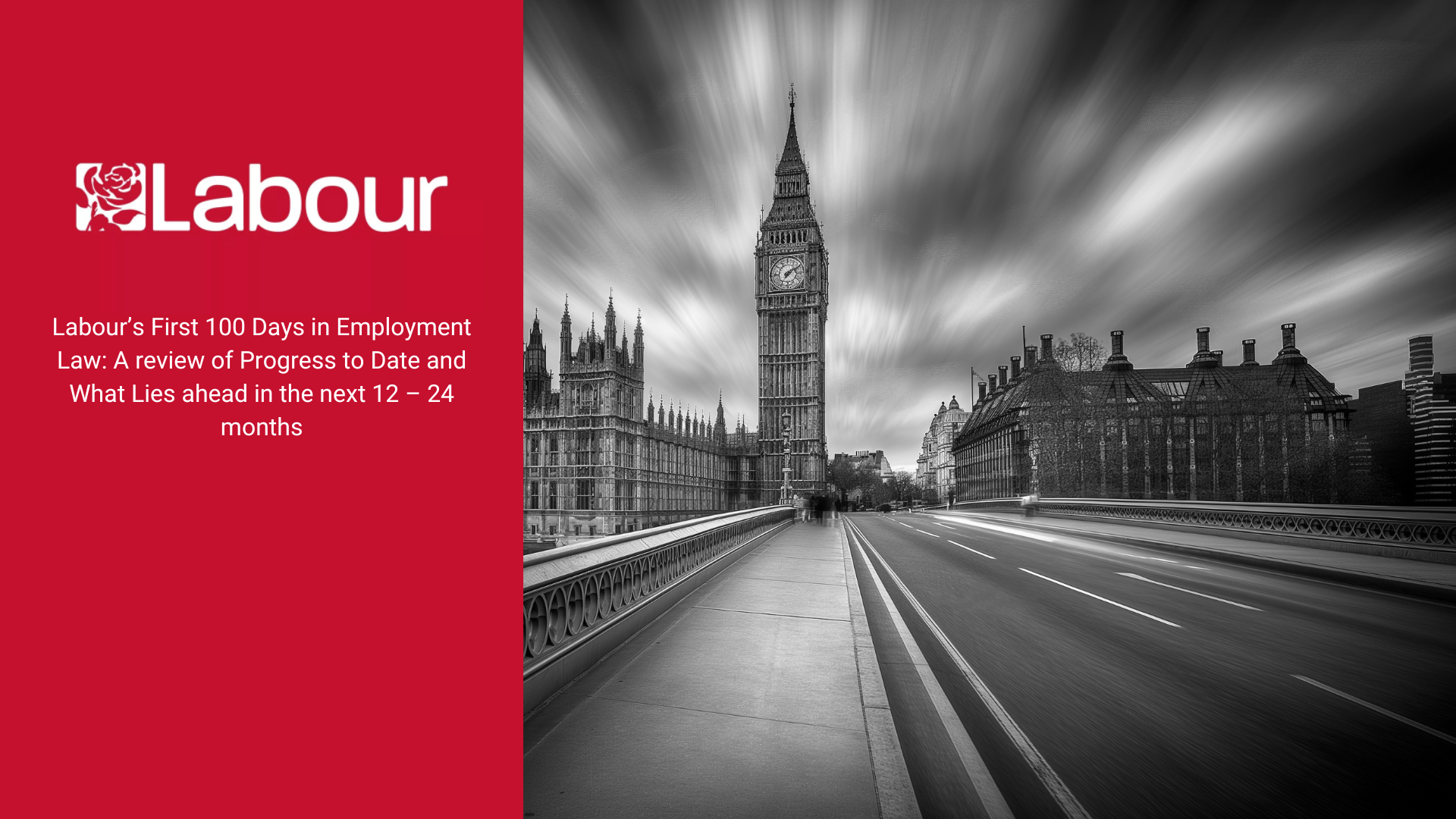The redundancy process: a step-by-step guide
Redundancy law is governed by the Employment Rights Act 1996. If you are an employer planning to make an employee or employees redundant, you must follow a proper redundancy process.
What is redundancy?
With a true redundancy, an employer must show that a role no longer exists. This will normally occur when an employee is no longer needed because:
- the business is changing
- what it does or how it does it is changing
- the business premises is moving location or closing.
Introducing new technology or a need to cut costs to save a business are also common redundancy situations.
Mitigating the need for redundancies
You must have a good business reason for making employees redundant. You should also take steps to avoid making anyone compulsorily redundant.
There are several ways you can do this:
- trying to find alternative employment for the employees
- asking if anyone would like to volunteer for redundancy
- reducing overtime
- letting self-employed staff go
- offering employees the opportunity to work at different premises
- reducing hours or pay (note: the employee must agree to this).
Identifying employees for redundancy
After attempting to avoid compulsory redundancies, and no alternative recourse is available, you will need to identify those people who may be suitable for redundancy.
It is essential fair selection criteria are used. These may include:
- skills
- performance
- attendance
- disciplinary record
- length of service
You may not select employees on the basis of them being:
- pregnant
- on parental or family leave
- a union or employee representative
You must also not be swayed in your decision making according to an employee’s:
- age
- disability
- gender assignment
- marital status
- race
- religion or beliefs
- sex or sexual orientation
These traits are known as ‘protected characteristics’ under the Equality Act 2010. Any dismissal which uses these as qualifiers will automatically be deemed unfair.
The number of hours an employee works is also an invalid selection criterion.
The potential for indirect discrimination
Care must also be taken to not indirectly discriminate against someone because the criteria impact on one particular group more than others.
Some businesses use a “last-in, first-out” approach. However, this can indirectly discriminate against certain groups, for example: a younger employee who may be the most recently employed.
Redundancy process consultations
Selected employees at risk of redundancy must be notified in writing. Explain that they are being considered. If they are chosen as eligible for redundancy, then confirm this with them. You should also explain how the consultation process will work.
You should hold consultations with each employee, during which the redundancy policy and selection criteria should be reiterated, along with the reasons why that individual has been chosen.
Let them know how much time is available, and deal with any questions or requests that they may have.
Giving notice of redundancy
When the consultation stage is complete and the final selection is decided, you must:
- issue selected employees with formal redundancy notices
- confirm the statutory notice period with notified employees
The amount of time depends on how long they’ve worked for you. You should also notify them of their statutory redundancy pay and right to appeal.
Redundancy appeal process
Your redundancy process should include an appeals procedure. If an employee does appeal, make sure this is dealt with promptly, fairly and transparently.
Collective redundancies
Collective redundancies occur when making more than 20 employees redundant within a 90-day period. Specific rules apply in this type of situation.
An employer is only able to carry out collective redundancies after completing the consultation procedure.
The consultation should occur between the employer and a trade union representative or an elected employee representative.
The employees who are to be dismissed should not be notified prior to the consultation taking place.
Collective consultations must cover:
- ways to avoid redundancies
- the reasons for redundancies
- how to keep the number of dismissals to a minimum
- how to limit the effects for employees involved, e.g. by offering retraining.
There’s no time limit for how long the period of consultation should be. However, the minimum requirement is that the consultation must start at least 30 days before any dismissals take effect, when planning to make 20 to 99 people redundant.
In the case of making 100 or more redundancies, the consultation must start at least 45 days before any dismissals take effect.
Notice must also be given to the Secretary of State at least 90 days before proposing to make 100 or more employees redundant at an establishment within a period of 90 days.
A minimum of 30 days applies when proposing redundancies of between 20 and 99 employees, before giving notice to terminate their contracts of employment.
A fair and legal redundancy process
It’s important for employers to get their redundancy process right. If the correct steps are not followed, you risk tribunal proceedings and a finding that the redundancies were unfair.
At Springhouse, our team of experienced employment law solicitors can apply their expertise and knowledge to ensure your business proceeds fairly and transparently at all stages of the redundancy process.
If you would like expert legal advice relating to your redundancy process, please get in touch with the team today.











